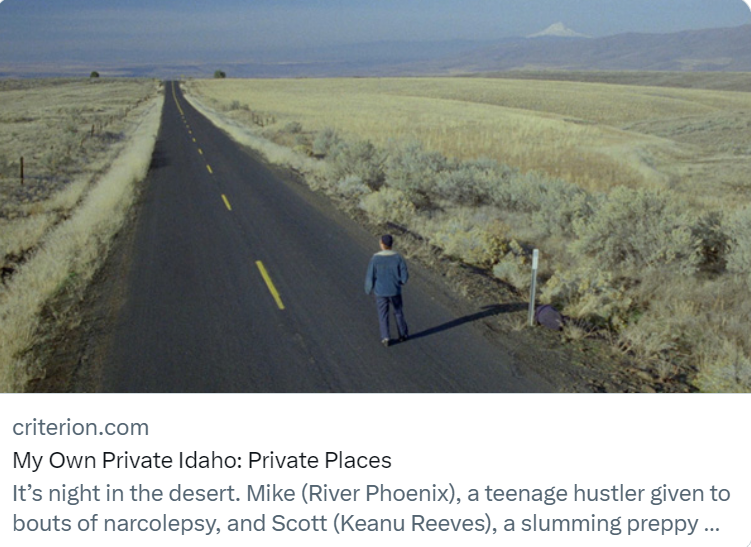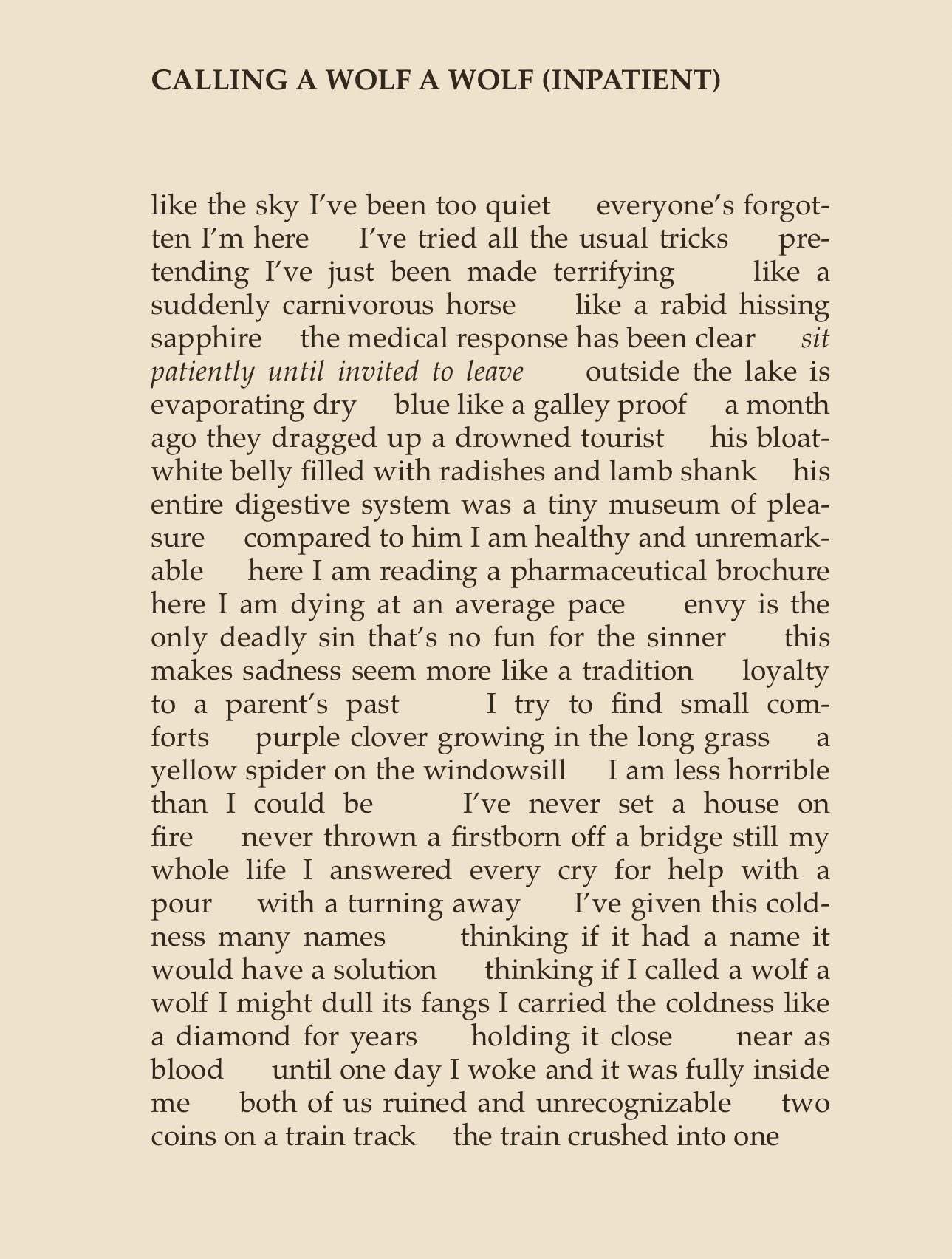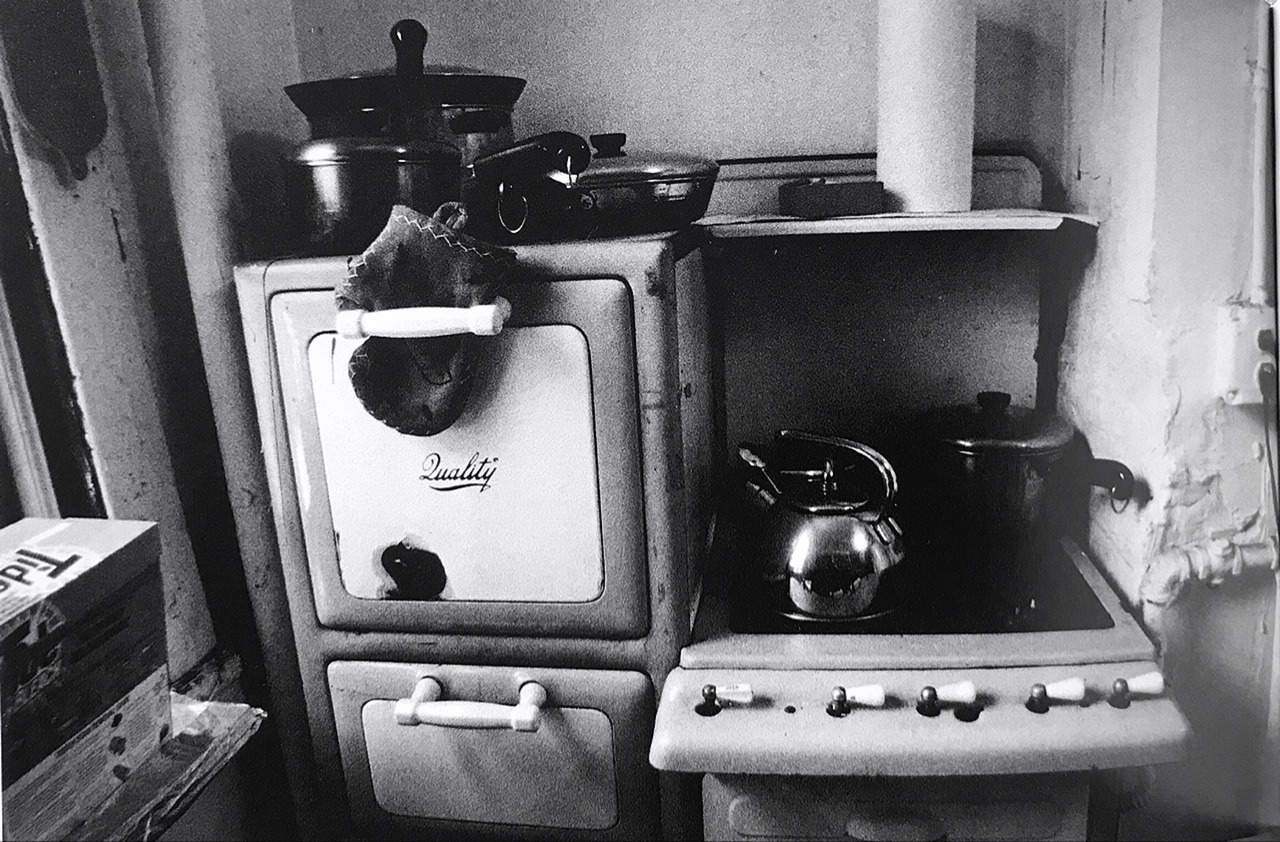Old Marlboro ads.
King Henry VI part 1, Royal Shakespeare Company, 1977.
My thoughts are whirled like a potter's wheel; I know not where I am, nor what I do;
— HENRY VI PART 1, ACT 1 SCENE 5

"Van Sant mixes and matches scenes of documentary-style realism with campy musical set pieces, improvised dialogue with bowdlerized Shakespeare, dream sequences shot in grainy Super 8 with 35 mm vistas of the Pacific Northwest, and, on the soundtrack, Rudy Vallee with the Pogues."
"Idaho’s fragmented editing style—its heterogeneous visual associations and dense layering of words, sounds, and music—and its split-second shifts between the burlesqued and the heartfelt evoke Mike’s confusion of inside and outside, past and present, dreams and waking life."
"The schizoid structure of the scene is, for once, not a projection of Mike’s fragmented psyche but rather a mini-allegory of the economic polarization of America that was already grotesquely evident during the Reagan–Bush I era and is even more pronounced today."
I saw the best minds of my generation destroyed by madness, starving hysterical naked.
— Allen Ginsberg, "Howl"

"I am ash. The earth is ash. The earth is a goddess. Therefore, I am not dead."
(An epitaph from a grave on the Via Latina)

Excerpt of "Calling a Wolf a Wolf" by Kaveh Akbar


 scans of Eiji Okumura’s photography book, "NEW YORK SENSE".
scans of Eiji Okumura’s photography book, "NEW YORK SENSE".scans found at ash callenreese.
these scans pose as a faux book. this photography doesn't really exist, nor does eiji okumura. he's a fictional character, and out of love for the character, a fan has made a photography book posing as eiji, as if eiji has made it.
eiji was a photographer who came to new york, and these made up photography book, made by the original poster on tumblr themselves, is super interesting and a wonderful testament of what love for fiction can produce. pure art! definitely blessed to see this.
The sentiment that non fui, fui, non sum, non curo (“I was not, I was, I am not, I don’t care”) was so common that it was often abbreviated to simply nffnsnc.
Others were unrepentant about seeing the experience of life itself as being all that mattered, as one third-century ce tombstone relates: “Friends who read this, heed what I say: mix the wine, bind the garland round your forehead, drink far from here. And do not hold back from the pleasure of love with beautiful women. When death comes, everything will be consumed by fire and earth”
-> everything above is an excerpt from Eschatology in Antiquity: Forms and Functions Forms and Functions by Hilary Marlow, Karla Pollmann, Helen Van Noorden. super interesting read, will probably write a separate entry for this book.
"Here he comes like a stealing shadow..."
― Sophocles, Electra

